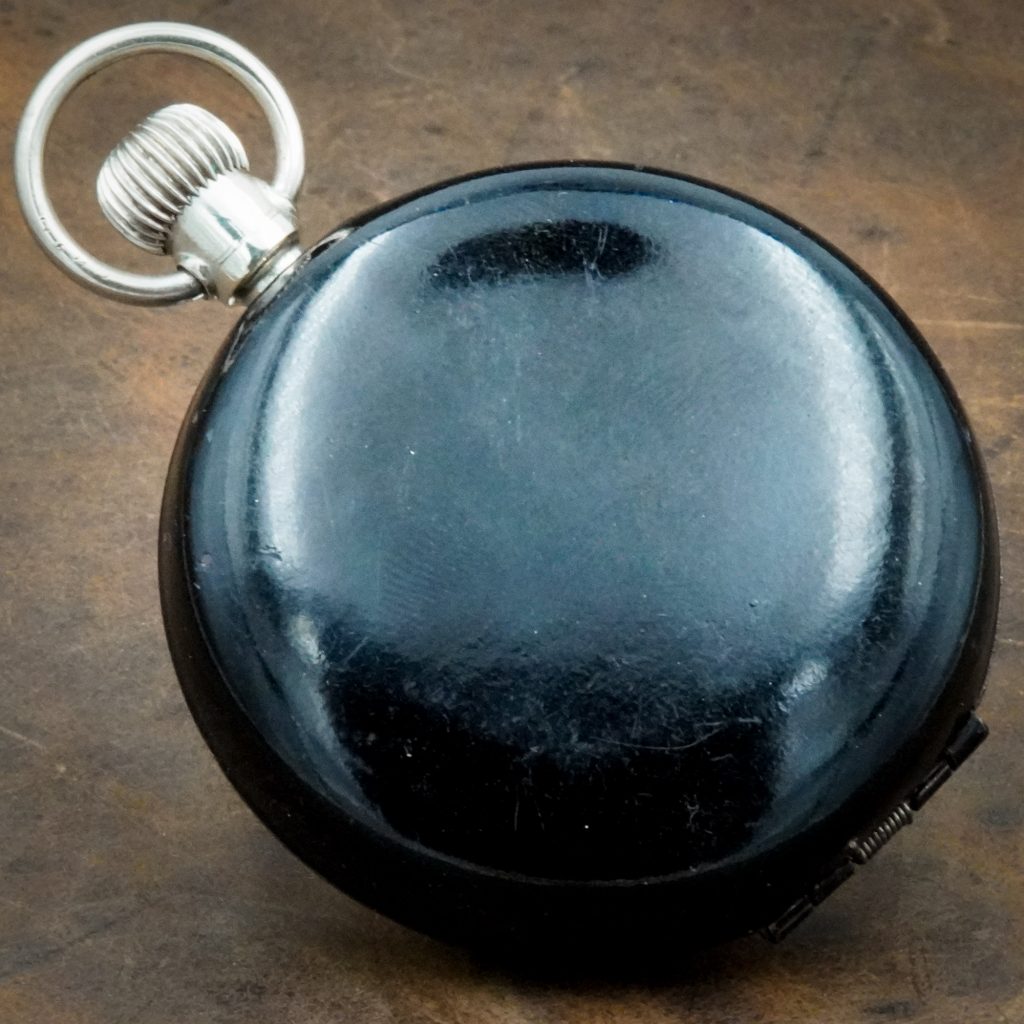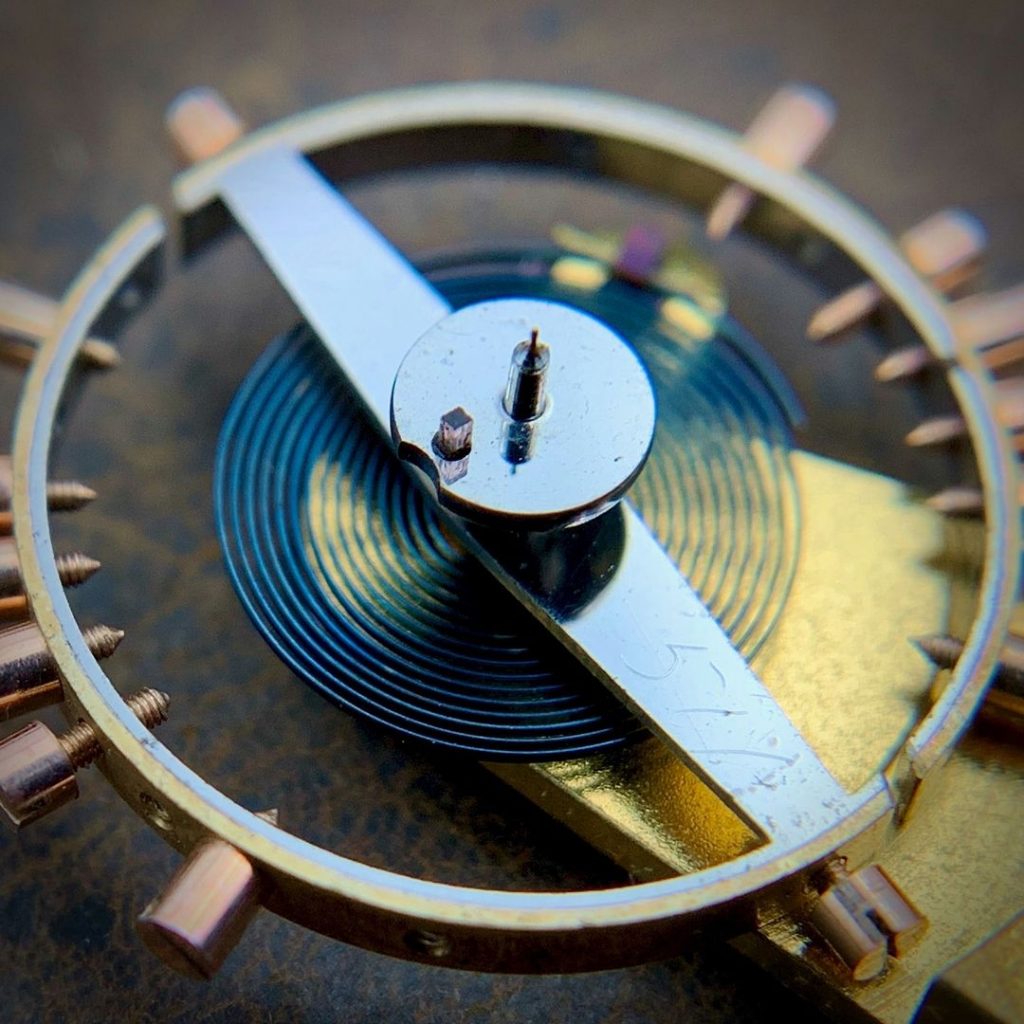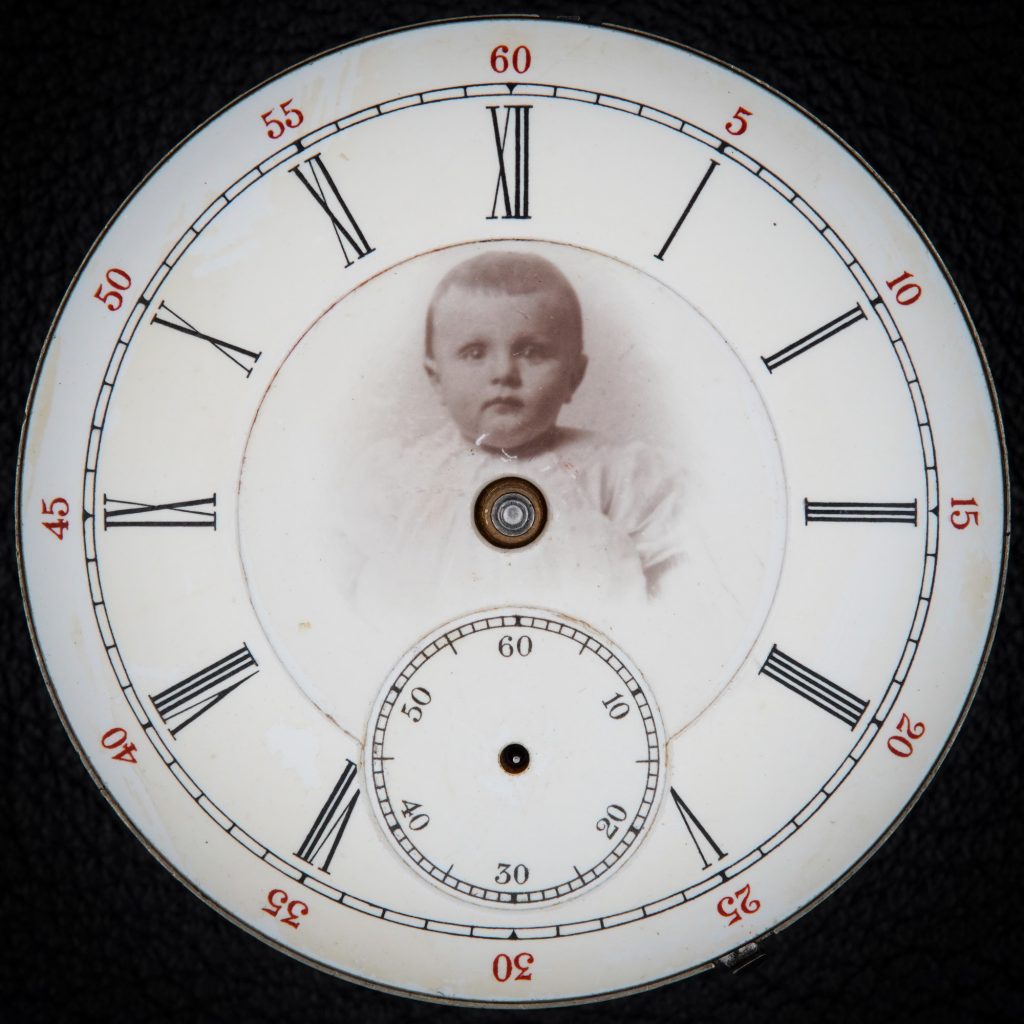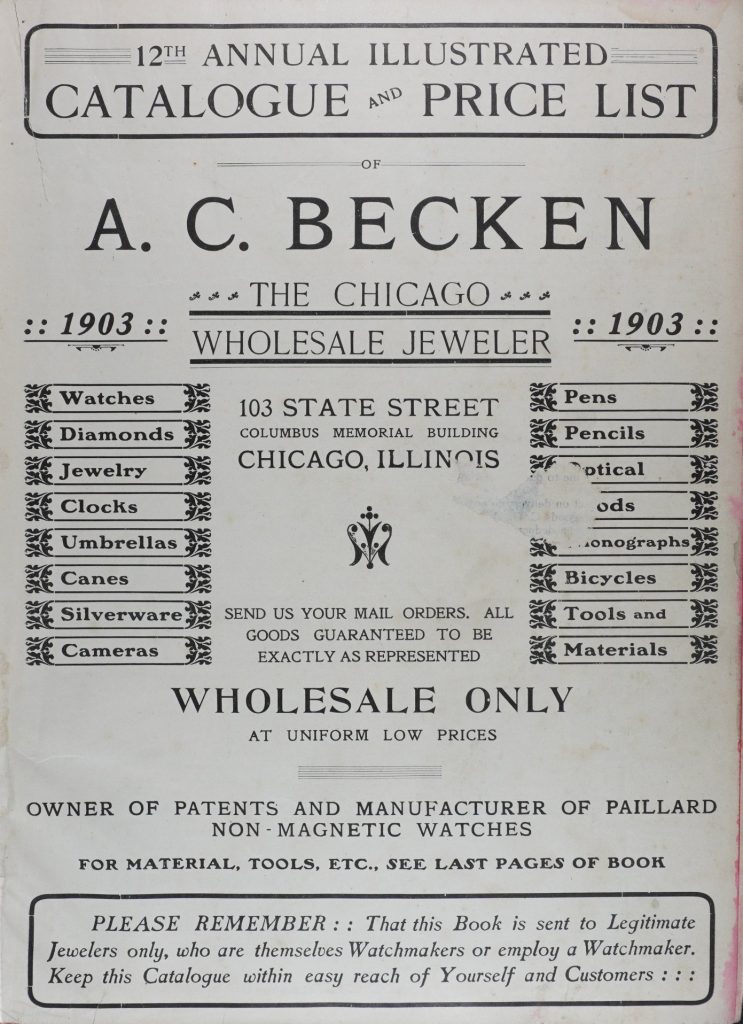Private Label Trade Names on American Pocket Watches: The Non-Magnetic Watch Company: Part 30: Edwin J. Houston’s Experiments: The Anti-Magnetic Shield

In the March 1888 edition of the Journal of the Franklin Institute, Professor Edwin J. Houston published a comprehensive article exploring several experiments conducted on two Non-Magnetic Watch Company movements.
Following his preliminary experiments on Paillard’s palladium alloys at the Brush Electric Light Station in Philadelphia, Houston briefly tested the effectiveness of an anti-magnetic shield.
The most popular anti-magnetic shield was the Ajax Insulator, promoted heavily by Atkinson Bros. to protect against magnetism. The encapsulating device promised to divert magnetic forces around the watch, preventing the delicate steel parts inside from being magnetized.
The merit of the anti-magnetic case versus non-magnetic alloys was a topic of debate amongst horological circles at the time, and Houston aimed to put this argument to the test:
“In order to give some idea of the strength of the magnetic field of the Weston dynamo-electric machine used in the preceding experiment, I would state that a watch provided with what is termed an anti (sic) magnetic shield, was instantly stopped when placed under similar conditions. This watch is a very fine one that belongs to a well-known electrical engineer… The failure of magnetic shields to protect watches when subjected to the fields it would be exposed to in the neighborhood of powerful dynamos is to be expected, since the small mass of material used would be insufficient to carry all the lines of force through the shield and thus protect the watch.”Professor Edwin J. Houston, Journal of the Franklin Institute, March 1888
Professor Houston concluded that the best solution to protect watches from magnetism was Paillard’s non-magnetic alloys:
“…I believe that a watch containing the Paillard non-magnetic compensating balance, hair-springs, and escapement-movement can safely be carried into even the most intense magnetic fields without suffering any appreciable change in its rate; and, that while on the person of its wearer, it cannot possibly be brought into a magnetic field sufficiently strong to alter its rate.”Professor Edwin J. Houston, Journal of the Franklin Institute, March 1888




1 Comments